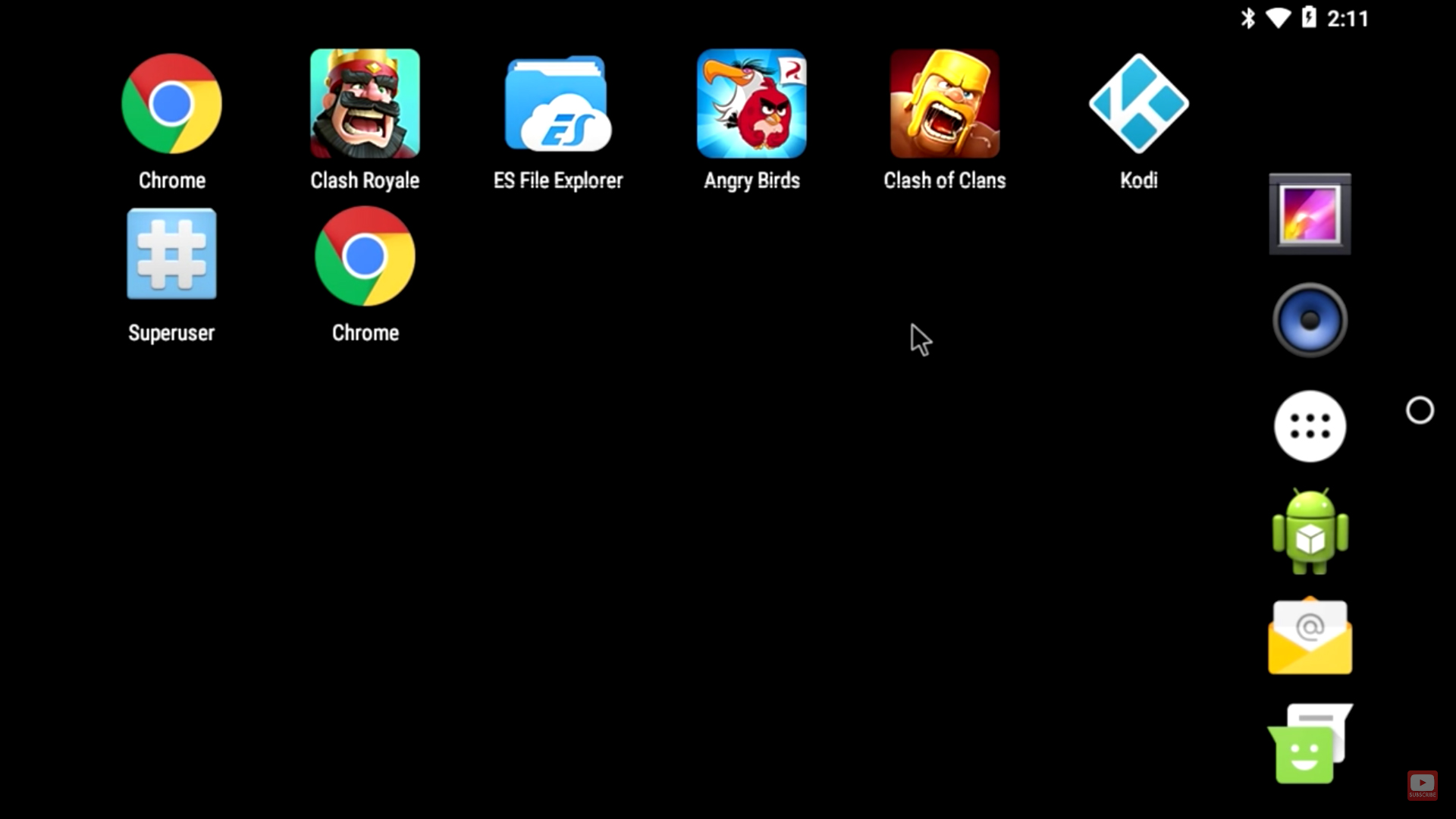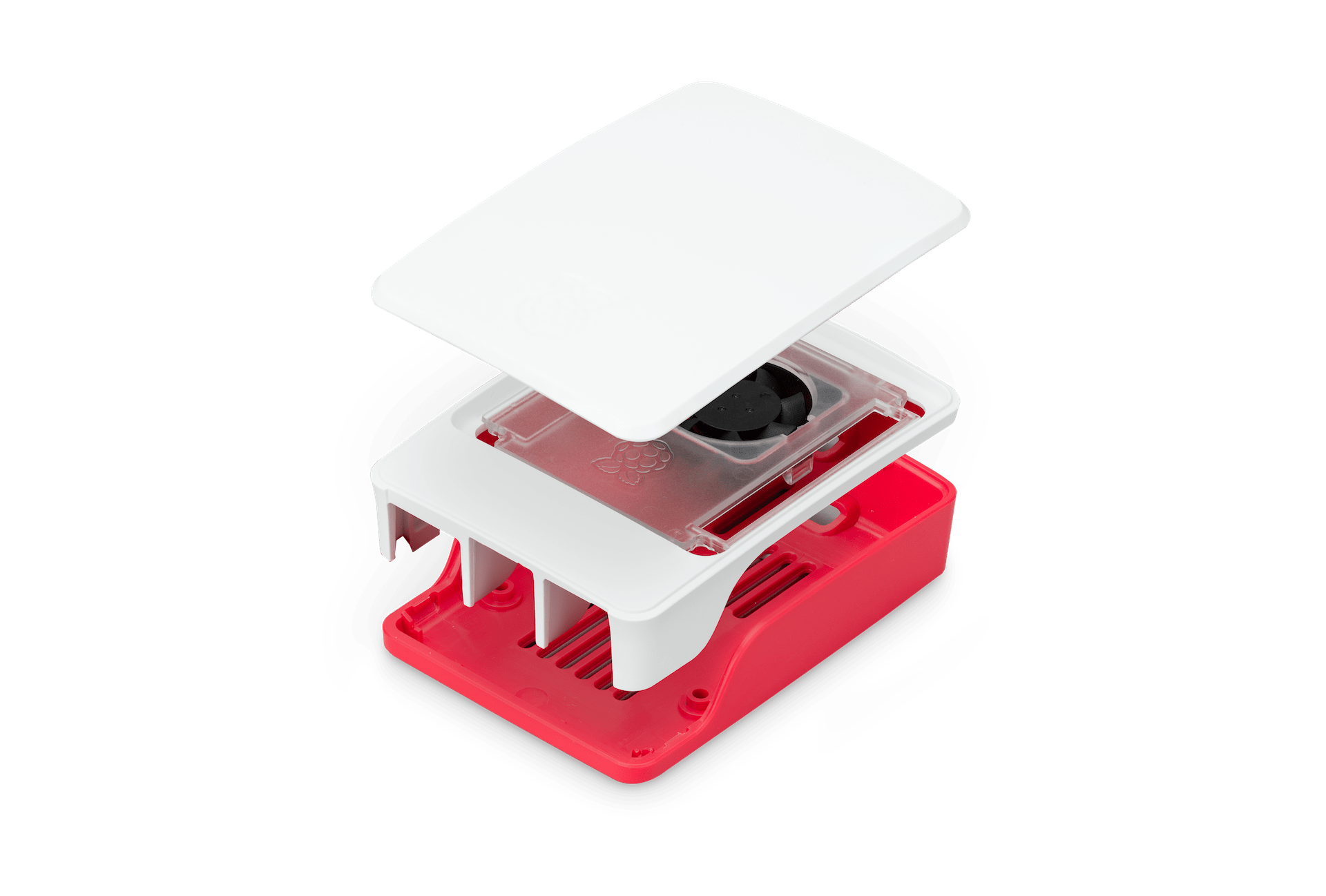Hey there, tech enthusiasts! Are you ready to dive into the world of Raspberry Pi RemoteIoT? If you're looking to boost your IoT game and streamline your projects, this is the article for you. Imagine being able to control your smart devices from anywhere using just your Android phone. Sounds pretty cool, right? Well, buckle up because we're about to break down everything you need to know about Raspberry Pi RemoteIoT and how you can get started with it.
Now, let’s be honest here. The Raspberry Pi ecosystem has grown beyond what anyone could have imagined. From hobbyists to professionals, everyone’s jumping on board. One of the most exciting aspects is the ability to connect your Raspberry Pi to the internet of things (IoT) and control it remotely. That’s where Raspberry Pi RemoteIoT comes in. It’s like giving your Pi a superpower to operate from anywhere in the world.
But hold up—before we get too deep into the nitty-gritty, let’s make sure you’re set up for success. This article will guide you step by step through downloading Raspberry Pi RemoteIoT on Android, configuring it properly, and troubleshooting any issues that might pop up. Let’s make sure you’re not left scratching your head when things don’t go as planned.
- Desi Xxx Watch Free Indian Porn Hot Videos Online Now
- Bop House Inside The Controversial Onlyfans Mansion In Florida
Here’s a quick roadmap of what we’ll cover:
- Raspberry Pi RemoteIoT Overview
- Raspberry Pi Basics: What You Need to Know
- Setting Up RemoteIoT on Raspberry Pi
- Downloading RemoteIoT on Android
- Connecting Your Devices
- Troubleshooting Common Issues
- Real-World Use Cases
- Tips for Optimizing Performance
- Security Best Practices
- Wrapping It Up
What is Raspberry Pi RemoteIoT All About?
Raspberry Pi RemoteIoT is essentially a bridge that connects your Raspberry Pi to the wider IoT network. It allows you to interact with your Pi remotely, which is super handy if you’re managing multiple devices or want to keep an eye on things while you’re out and about. Think of it as a remote control for your smart home setup, but way cooler.
The best part? It’s incredibly versatile. Whether you’re building a weather station, automating your home lighting, or even monitoring your garden’s moisture levels, Raspberry Pi RemoteIoT has got you covered. Plus, it’s compatible with Android, so you can manage everything from the palm of your hand.
Why Choose Raspberry Pi RemoteIoT?
Here are some key reasons why Raspberry Pi RemoteIoT stands out:
- Cost-Effective: Raspberry Pi hardware is affordable, making it accessible for hobbyists and professionals alike.
- Flexible: You can integrate it with various sensors, cameras, and other devices to suit your needs.
- Community Support: A massive community of developers and enthusiasts means tons of resources and tutorials are available.
Raspberry Pi Basics: What You Need to Know
Before we dive into RemoteIoT, let’s quickly recap what Raspberry Pi is all about. For those who are new to this tech marvel, Raspberry Pi is a small, single-board computer that packs a surprising amount of power. It’s like having a full-fledged computer in the size of a credit card.
Here’s a quick rundown of what makes Raspberry Pi so awesome:
- Compact Design: Its small form factor makes it perfect for portable projects.
- Open-Source: You can customize it to fit your specific requirements.
- Wide Range of Applications: From media centers to robotics, Raspberry Pi can handle it all.
Which Raspberry Pi Model Should You Use?
There are several models available, but for RemoteIoT, you’ll want to go with one of the newer ones like the Raspberry Pi 4 or Raspberry Pi Zero W. These models offer better performance and wireless capabilities, which are crucial for IoT applications.
Setting Up RemoteIoT on Raspberry Pi
Alright, let’s get down to business. Setting up RemoteIoT on your Raspberry Pi might sound intimidating, but trust me, it’s not as hard as it seems. Follow these steps, and you’ll be up and running in no time.
Step 1: Install the Required Software
First things first, you’ll need to install the necessary software on your Raspberry Pi. This includes the RemoteIoT library and any additional dependencies. Here’s how you do it:
- Boot up your Raspberry Pi and log in.
- Open the terminal and run the following commands:
sudo apt updatesudo apt install python3-pippip3 install remoteiot
Step 2: Configure the Network Settings
For RemoteIoT to work properly, you’ll need to ensure that your Raspberry Pi is connected to the internet. If you’re using a Wi-Fi connection, make sure it’s stable and secure.
Downloading RemoteIoT on Android
Now that your Raspberry Pi is all set up, it’s time to move on to the Android side of things. Downloading the RemoteIoT app is a breeze. Just follow these simple steps:
Step 1: Head to the Google Play Store
Open the Google Play Store on your Android device and search for "RemoteIoT." You should see the official app listed. Tap on it and hit the install button.
Step 2: Create an Account
Once the app is installed, open it and create an account. This will allow you to sync your Raspberry Pi with the app and start controlling it remotely.
Connecting Your Devices
With both your Raspberry Pi and Android device ready, it’s time to connect them. Here’s how you can do it:
Step 1: Pair the Devices
In the RemoteIoT app, go to the settings and select "Add New Device." Enter the IP address of your Raspberry Pi, and the app will establish a connection.
Step 2: Test the Connection
Once paired, try sending a simple command to your Raspberry Pi to ensure everything is working as expected. For example, you could toggle an LED or check the temperature reading from a sensor.
Troubleshooting Common Issues
Let’s face it—things don’t always go smoothly. Here are some common issues you might encounter and how to fix them:
Problem 1: Unable to Connect
If you’re having trouble connecting your devices, double-check the IP address and ensure that both your Raspberry Pi and Android device are on the same network.
Problem 2: Slow Response
A slow response could be due to a weak internet connection or an overloaded Raspberry Pi. Try restarting both devices and optimizing your network settings.
Real-World Use Cases
So, what can you actually do with Raspberry Pi RemoteIoT? The possibilities are endless, but here are a few ideas to get you started:
- Smart Home Automation: Control your lights, thermostat, and security systems remotely.
- Environmental Monitoring: Set up sensors to track temperature, humidity, and air quality in your home or office.
- Remote Surveillance: Use your Raspberry Pi as a surveillance camera and monitor footage from your phone.
Tips for Optimizing Performance
Want to get the most out of your Raspberry Pi RemoteIoT setup? Here are some tips:
- Use a fast and reliable internet connection.
- Keep your software updated to benefit from the latest features and bug fixes.
- Regularly back up your data to prevent loss in case of hardware failure.
Security Best Practices
Security is crucial when dealing with IoT devices. Here’s how you can keep your setup safe:
- Use strong passwords for your Raspberry Pi and RemoteIoT app.
- Enable two-factor authentication whenever possible.
- Regularly update your firmware and software to patch any vulnerabilities.
Wrapping It Up
And there you have it, folks! Raspberry Pi RemoteIoT is a game-changer for anyone looking to enhance their IoT capabilities. By following the steps outlined in this article, you can set up a robust and secure system that allows you to control your devices from anywhere.
Remember, the key to success lies in experimentation and learning. Don’t be afraid to try new things and push the boundaries of what’s possible with Raspberry Pi RemoteIoT.
Now, it’s your turn! Download the app, set up your Raspberry Pi, and start exploring the endless possibilities. And hey, if you found this article helpful, don’t forget to share it with your friends and leave a comment below. Happy tinkering!
- Jackie Chan Latest Updates Hoax Debunked 20242025
- Adult Web Series More Hot Indian Sex Hindi Content Stories


